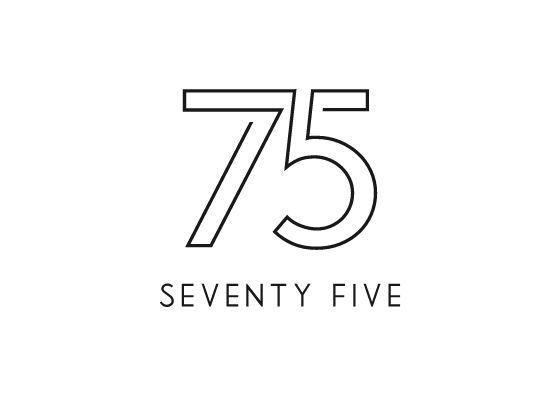English
- استرجاع مجاني وسهل
- أفضل العروض
The Other Ancient Civilisations: Decoding Archaeology’s Less Celebrated Cultures
قبل:
د.إ. 96.00
الآن:
د.إ. 95.00 شامل ضريبة القيمة المضافة
وفرّت:
د.إ. 1.00 د.إ.
 توصيل مجاني
توصيل مجاني
احصل عليه خلال 7 - 12 مارس

احصل على 5% رصيد مسترجع باستخدام بطاقة بنك المشرق نون الائتمانية. اشترك الآن. قدّم الحين




1
توصيل مجاني لنقطة نون ومراكز الاستلام
معرفة المزيد
إرجاع سهل لكل المنتجات في هذا العرض.
المواصفات
| الناشر | Mango |
| رقم الكتاب المعياري الدولي 13 | 9781684813230 |
| رقم الكتاب المعياري الدولي 10 | 1684813239 |
| الكاتب | Raven Todd DaSilva |
| تنسيق الكتاب | Paperback |
| اللغة | English |
| وصف الكتاب | Discover Other Civilisations and Cultures With Rich and Unique HistoriesJourney through 15,000 years of history and discover fascinating ancient civilisations and cultures that may have been overlooked in history class with Raven Todd |
| عن المؤلف | Raven Todd DaSilva is an award-winning scholar, archaeologist and art conservator who is passionate about all things ancient. Since 2016, she has built an online platform dedicated to making learning about the past accessible, fun and “sexy” for everyone called Dig it With Raven. She strongly believes that learning about the past should be accessible to all and that the education of this subject has been gate-kept by old men in stuffy libraries for years. Raven has worked on archaeological projects in Greece, Italy, North Macedonia, Oman, and Turkey, and specialises in the Neolithic archaeology of Southwest Asia. She has also been featured as an expert presenter on multiple podcasts, and videos and has collaborated with the Natural History Museum. Raven holds a HBA from the University of Toronto in Classical and Near and Middle Eastern Civilisations, an MSc from the University of Amsterdam in the Conservation and Restoration of Cultural Heritage, and an MA from University College London in the Archaeology and Heritage of Egypt and the Middle East. She is based in London. Excerpt. © Reprinted by permission. All rights reserved. The stew simmered over the crackling fire pit as the woman walked around this glowing centrepiece in her hut. Leaning over, she added chunks of fresh beef into the pot, seasoning it with salt. Her husband would be home from tending to the cattle soon, hungry after a long day’s work. The scent of the food filled the air as the woman tidied away her cooking utensils, replacing them to their rightful nooks before walking over to the bench and picking up her spindle to resume her other duties. As she spun the thread she needed for her next weaving project, the woman could hear her children playing outside within the enclosure of their housestead. Her eldest son was growing so fast these days. Too fast. He would soon be out in the pastures with his father, learning to care for their large beasts and provide for his own family one day. This vision of the future occupied her mind while she fell into the meditative rhythm of spinning. Lost in her own thoughts, the faint sound of cattle approaching brought the woman back to reality. Her husband was home. She replaced her spindle on the bench, returning to the fire to check on their meal. Stirring the meat to ensure it was cooked through, the woman removed the pot from the flames and went to the entrance of the cooking hut. Looking out, she smiled at the scene before her.The sun was getting lower on the horizon and her children were running to greet their father, who had just entered the enclosure. The woman couldn’t help but smile and thank her ancestors for this abundance. She quickly sent them a cautious prayer for her family, and asked them for their continued guidance in a future she knew would contain hardships before joining her family outside to welcome her husband, and usher them in for dinner. A Stolen PastThe story of Great Zimbabwe is a difficult one to tell. For 300 years, Europeans believed it to be created by foreigners. For them, the great walls of the settlement couldn’t have been made by the African people. The Portuguese, who were the first Europeans to arrive in southeastern Africa, wrote that these “great stone buildings'' were created by biblical figures like King Solomon, the Queen of Sheba or Prester John. Word quickly spread that the legendary city of Ophir and its golden riches had been found. These Portuguese beliefs were maintained from their first arrival in the 16th century, until quite recently. Karl Mauch, the first person to record and document the site in 1871, maintained this bias, even claiming that the stonework was too sophisticated to have been made by Africans. He found a wooden lintel that he identified as cedar wood, and declared it was brought by the Phonecians. This idea permeated all work done on the site by foreign teams. |
| تاريخ النشر | 29 October 2024 |
| عدد الصفحات | 350 pages |
The Other Ancient Civilisations: Decoding Archaeology’s Less Celebrated Cultures
تمت الإضافة لعربة التسوق
مجموع السلة 95.00 د.إ.



























































































































